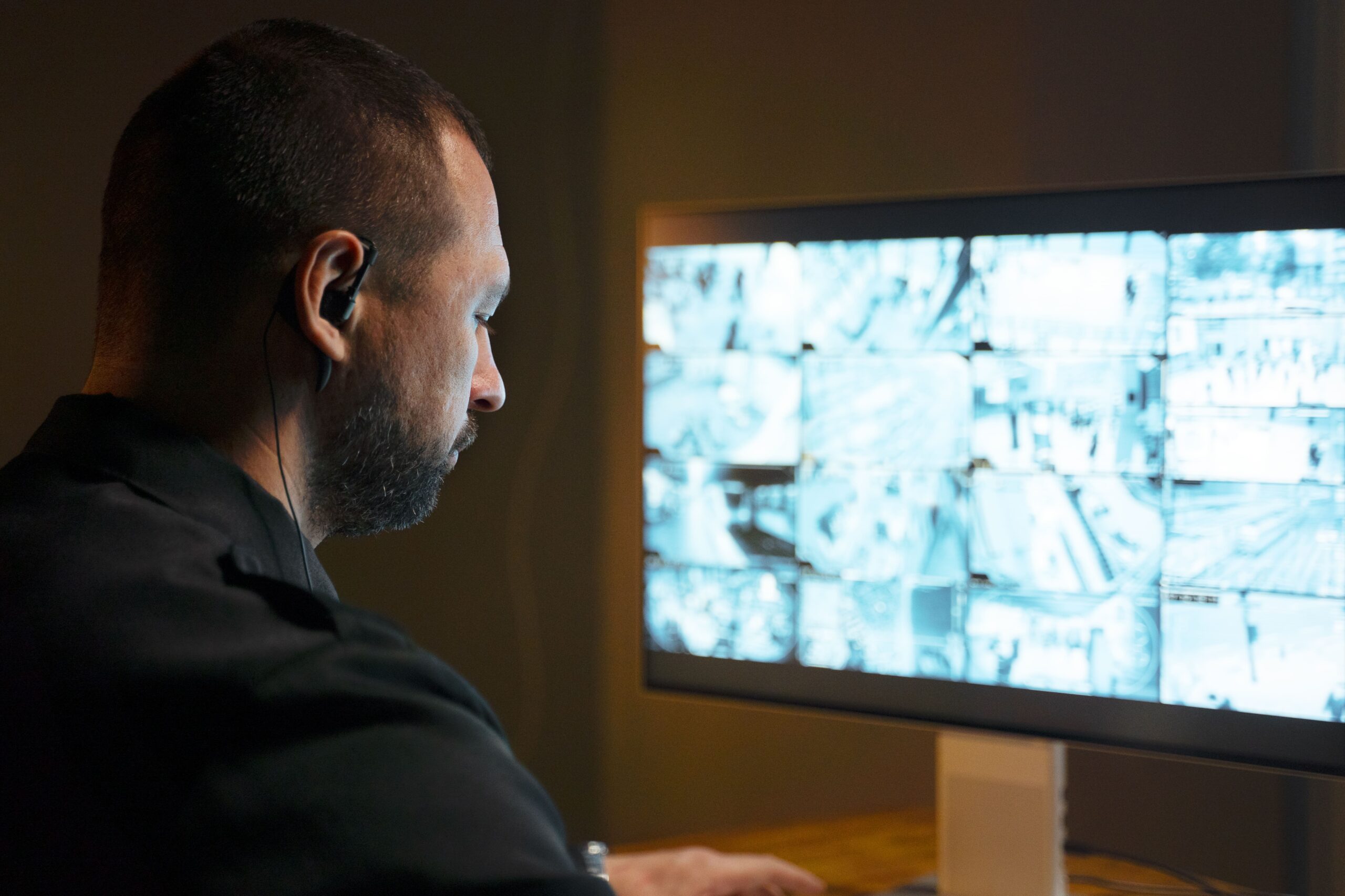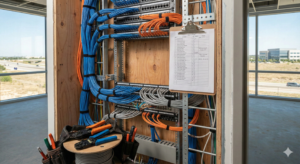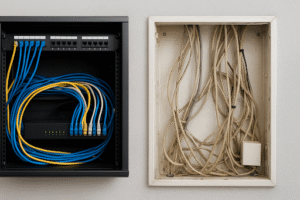Security is non-negotiable in the 21st century. When it comes to protecting your home or business, few solutions offer the same level of comprehensive coverage as a CCTV system 16 channel setup. Whether you’re managing a large property, a multi-entrance business, or simply want zero blind spots around your home, a 16-camera wireless security system provides clarity and control, day or night.
As I mentioned, security has become more than just a mere addition in today’s world—it’s essential. In 2023, homes lacking a security system were 300% more likely to be broken into than those with one. So, let’s talk about why a CCTV system with 16 channels is more than just a set of cameras—it’s like a 24/7 watchdog for your property.
Why Choose a 16-Channel CCTV System?
Think of a 16-camera wireless security system as the backbone of your surveillance setup, especially in larger properties. In simple terms, “16 channels” means your system can support up to 16 separate camera feeds—each channel representing one camera input. So with 16 channels, you can connect up to 16 cameras to cover every nook, corner, and entry point in your property—inside and out. This system is ideal for both homeowners with larger estates and business owners managing parking lots, warehouses, or multi-room offices. Unlike smaller systems, a 16-channel setup ensures minimal blind spots and allows you to scale your security as needed.
In fact, 16 channels strike the perfect balance: more expensive than 8-channel systems, yet more practical than 32- or 64-channel ones, which often face network interference and compatibility issues.
Different Types of CCTV Systems 16 Channel Setups
When shopping for a CCTV system 16 channel, you’ll come across a few variations:
Pre-bundled systems with 8 or 16 cameras: Great for instant deployment with matched components.
Custom kits: Start with the base system and add cameras like PTZ, bullet, or dome styles based on your environment.
Hybrid PoE systems: Combine wired and wireless cameras to fit complex layouts without heavy rewiring.
Although a fully 16-camera wireless security system is rare due to bandwidth limitations, many users choose PoE systems with a few wireless add-ons, making it both flexible and reliable.
Pro Tip: Remember that the placement and type of each camera matter a lot during the set up instead of mixing all 16 channels.
Wired vs. Wireless: What You Need to Know
Wireless sounds great, but then there is the WiFi issue. While many people want the convenience of a 16-camera wireless security system, most 16-channel solutions rely on Power-over-Ethernet (PoE). Why? Because PoE systems offer greater stability, better image quality, and uninterrupted recording, even when Wi-Fi dips.
However, if you’re set on adding wireless cameras, choose models from the same brand as your NVR system to avoid compatibility headaches. In most cases, it’s recommended to include no more than four wireless cameras in a 16-channel system to maintain optimal performance.
Features That Matter: Zoom, Field of View, and Night Vision
In the world of security and surveillance, it’s not just about watching, it’s about seeing and watching the right details at the right time. With a CCTV system 16 channel, not all cameras need to be identical. You can mix features depending on the camera location.
For example:
Zoom cameras help monitor larger spaces like driveways or warehouses.
Wide-angle lenses are perfect for covering backyards or office interiors.
Infrared night vision is essential for 24/7 surveillance in poorly lit areas.
Some brands even offer dynamic viewing modes—adjusting resolution based on network load, helping ensure you never miss a moment even with multiple cameras online.
Installation: Easier Than You Think
Installing a CCTV system 16 channel might sound like a complex project, but today’s kits are incredibly user-friendly. Here is a step-by-step setup:
- Power your NVR/DVR unit.
- Mount the cameras in strategic spots—like entrances, hallways, or blind zones.
- Run cables (if using PoE) or pair devices wirelessly through the app.
- Connect the NVR to a monitor, and configure settings like motion alerts or scheduled recording.
- Link the system to your mobile app for real-time access and notifications.
Indoor vs. Outdoor Camera Considerations
For outdoor use, choose weatherproof cameras with an IP66 rating or higher to handle rain, dust, and extreme temperatures. Look for features like wide dynamic range (WDR) to manage harsh lighting and infrared night vision for clear footage in the dark, perfect for driveways, yards, and building exteriors.
Indoor cameras are typically smaller and more discreet, ideal for entryways, hallways, or staircases. These often include motion detection, two-way audio, and crisp image quality, making them great for real-time alerts and monitoring interior activity.The best part? A 16-camera wireless security system lets you combine both types of cameras into one unified setup, so you can customize coverage exactly where it’s needed—inside and out.
Real Peace of Mind with Scalable Security
The biggest win with a CCTV system 16 channel is that it grows with you across time. Start with 8 cameras and scale up. Add wireless units for hard-to-reach areas. Customize alerts, schedules, and zones. And most importantly, get a bird’s-eye view of your entire property from your phone—no matter where you are.
It’s not just about catching criminals—it’s about preventing them from trying in the first place. A comprehensive look at multiple academic studies found that yes, CCTV cameras are effective in deterring crime.
Final Thoughts
If you’re serious about security, a 16-camera wireless security system should be at the top of your list. It’s flexible, reliable, and offers complete control over your property’s safety. Whether you’re running a business, managing a facility, or securing your dear home, this setup gives you the depth and clarity that smaller systems just can’t match.
So, don’t overlook your blind spots and buy a CCTV system 16 channel as soon as possible.





